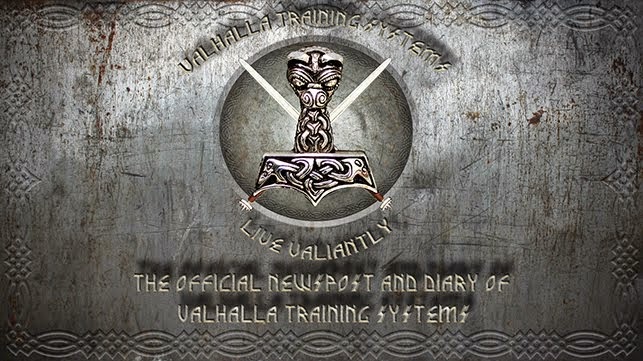Homework assignment is as follows:
- Physical conditioning - joint mobility (daily) and TFC syllabus (2-3 times weekly, or following the 4x7 intensity wave - check with Wen Hsin and Sylvia for sample 4x7 protocols). Newbies focus on Mission 1, veterans can pick whichever one they want to focus on. Get Daniel's audio timer for 20/10 protocols, or else download the free Gymboss app for smartphones.
- Fundamental skills - ground engagement (rolls and other methods of going to the ground), breathing (see my blog article on basic breathing skills; please note also that burst breathing is not hyperventilation - passive inhalation, active exhalation), structural drills (plank/pushup, squat and other callisthenics); spend 10-15 minutes per training session on these and you should be fine, or you can devote an entire training session solely to these.
Objectives
- Developing fundamental motor patterns for clinch fighting and executing takedowns
- Attacking and defending stance integrity, loading structure to disrupt equilibrium, joint hyperfunction (spine, shoulders, hips)
Warmup
- IntuFlow basic/intermediate routine
Solo Prep Drills
- Ground engagement – rolls, falls
- arm screw (shoulder figure-8), hip-and-leg figure-8
- Shinbox switch – seated, spinal rock, end-elevation, through flatfoot squat with hand assist
- hanging scorpion
Basic Skills for Standup Grappling
- Establishing the clinch – neck plumb, bodylock
- Pummelling – neck, body
- wrist tug drill – partners take turns practicing explosive wrist tugs on each other; drill sophisticates naturally to counter via grip release to counter-grip-and-tug
Biomechanics of Standup Grappling
- Stance integrity – spotting the triangle point
- Grips for takedowns – locking arm, driving arm
- Joint Centre-of-Mass (COM)
- Hyperfunction vs Dysfunction – facilitating natural movement to fool opponent into following along into takedown versus attempting to force takedown via threat of pain and injury
- Spine – S-shaped movement pattern at neck; facilitated extension/flexion at lumbar spine via force couple applied at chest and lower back (for extension)/ head or shoulder and hip (for flexion)
- Shoulder – sagittal plane circle, oblique transverse shoulder-spinal circle (fulcrum BETWEEN points of contact – usually wrist and neck)
- Hip – figure-8 movement pattern (demonstrate via single-leg, double-leg, reaping takedowns)
Sample Techniques – partners take turns drilling these techniques, moving from static to fluid as comfort allows; fluid drills to be characterised by uke using the biomechanical principles to defend the throws; examples to be shown of how to enter into these throws and variations thereof from a mixed-fight perspective.
- Renovated large outside reap (O-sotogari)
- Renovated hip toss (harai-goshi/koshi-guruma/o-goshi)
- Renovated single-leg takedown
Symmetrical Sparring
Standup symmetrical sparring from clinch to takedown. Mutual permission to engage and grapple must exist for techniques to be successfully executed.
Conditioning
TacFit Commando Mission 1 – Recruit-to-Grunt
1.) Front Lunge/Lunge Jump – 20/10 x 8
1min rest
2.) Plank Push Knee/Ball of Foot – 20/10 x 8
1min rest
3.) Sit-Through Knee/Reach – 20/10 x 8
1min rest
4.) Pushup Knee/Ball of Foot/Screwing Pushup – 20/10 x 8
1min rest
5.) Spinal Rock Basic/Pike – 20/10 x 8
1min rest
6.) Tripod Basic/Twist – 20/10 x 8
Circle




